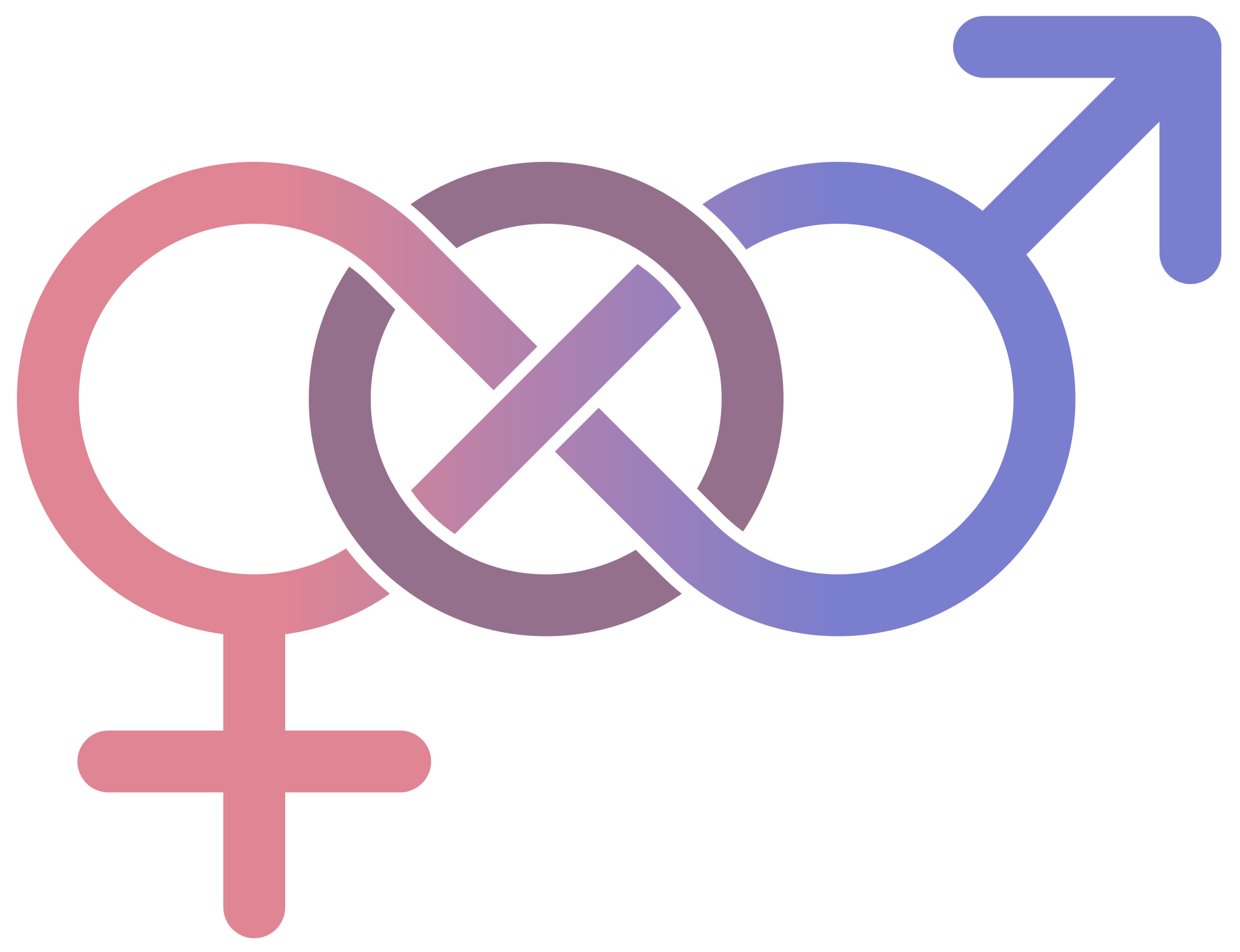Over the years, gender identity and the understanding of it has evolved and continues to evolve even now. Television shows have started taking on the topic, trying to explain it and help those who are confused to understand it.
The latest to do this was “The Orville”, a show headed by TV funny man Seth McFarlane. In the third episode of the show, titled “About A Girl”, the crew of The Orville is dealing with an issue brought about by the birth of Bortus’s child who happens to be a girl. In his race, this is seen as a negative thing. While it is possible for females to be born in the Moclan race, this is seen as a birth defect similar to a cleft palette and is surgically corrected while the child is still an infant.
The show, while being progressive in its use of discussion about gender identity and sex reassignment surgery, does get a few things wrong. The show deals with this whole thing as if the baby doesn’t matter and that the parents are the only ones who should get a say. It’s suggested that she be allowed to decide for herself but Bortus and his partner view this as preposterous. They say that she’ll be ostracized for being allowed to live as female and that she’ll end up choosing to have the procedure anyway, so why should she be forced to wait.
The second issue that comes about is the idea that this procedure is no more mentally scarring than the correction of a cleft palette. Bortus argues that if a child was born with a cleft palette, you would correct it before the child knew about it and had the knowledge that they were different.
The problem is that a sex change, no matter the age, is a harrowing procedure and one that shouldn’t be taken lightly. Even though the child is a baby, if she ever becomes aware that the procedure was done without her knowledge, she could develop issues about her identity from it.
“The Orville” is certainly not the first show to deal with issues of gender identity and it won’t be the last. TV and film’s representation of the LGBTQ community isn’t getting better. In many comedies, the LGBTQ characters are set up as punchlines.
They’re used as some sort of a joke, like in “Zoolander 2”. In many other movies, they follow inaccurate stereotypes and fall victim to the standard of what people tend to assume.
According to The Verge, Warner Bros., 20th Century Fox, Lionsgate, Sony and Disney all featured LGBTQ characters in 21 percent of their films or less in 2016. Disney was the worst, at 8 percent.
A problem that TV and film face with LGBTQ characters and discussions on matters related to them is the writers themselves. If someone writes for a character that they can’t personally relate to in gender identity, it can lead to a thinly veiled attempt at representation. This, in turn, leads back to the initial problem of inaccurate portrayals and stereotypes.
While the LGBTQ community certainly isn’t new, the idea of showcasing and portraying it in the media is. Years ago, it would’ve been a scandal to show a same-sex couple kissing, or have someone bring up the idea of being transgender. Sexual orientation was something of a taboo – it wasn’t discussed, and if you brought it up, you’d quickly be swept under the rug for fear of shame.
“South” became the first gay TV show in 1959 in the U.K., while the first known instance of a gay character on a TV series in America was a man named Steve on an episode of “All in the Family” in 1971. He was only featured in one episode and was never brought up again.
The first appearance of a transgender character was in “The Jeffersons” in 1977, played by Veronica Redd. The problem with these early appearances, and some appearances of characters to this day is that the role is often played by someone who isn’t of that gender identity. A lot of Trans* characters are portrayed by either women or a man in drag if they’re supposed to be a transwoman, or they’re played by a man if they’re a transman.
In 1997, Ellen DeGeneres became the first openly lesbian actress to play an openly lesbian character on her show “Ellen” when her character came out in the fourth season of the show. The earliest known appearance of an LGBTQ actor in TV and film was Terry Sweeny in 1985 who became the first openly gay cast member on “Saturday Night Live.”
The more that LGBTQ characters are portrayed on TV, the more they become victimized or villainized. GLAAD magazine ran a study that found that 40 percent of the time transgender characters are cast in a victim role, while 21 percent of the time they’re cast in a villain role. 20 percent of the time the characters are given the career of a sex worker and 61 percent of the language used in episodes featuring Trans* characters was inflammatory or a slur.
Don’t get me wrong, however. Television and film have come a long way in portraying the LGBTQ community, but they still have a long way to go.
I want to know your thoughts, though. Do you think that portrayals of LGBTQ characters can only be accurate when written and played by someone of the same gender identity as the character? What are your thoughts on the villainizing and victimization of LGBTQ- particularly Trans*- people in entertainment? What are shows that you think get it right and get it wrong?
Jeri Hensley
Graphic Designer

